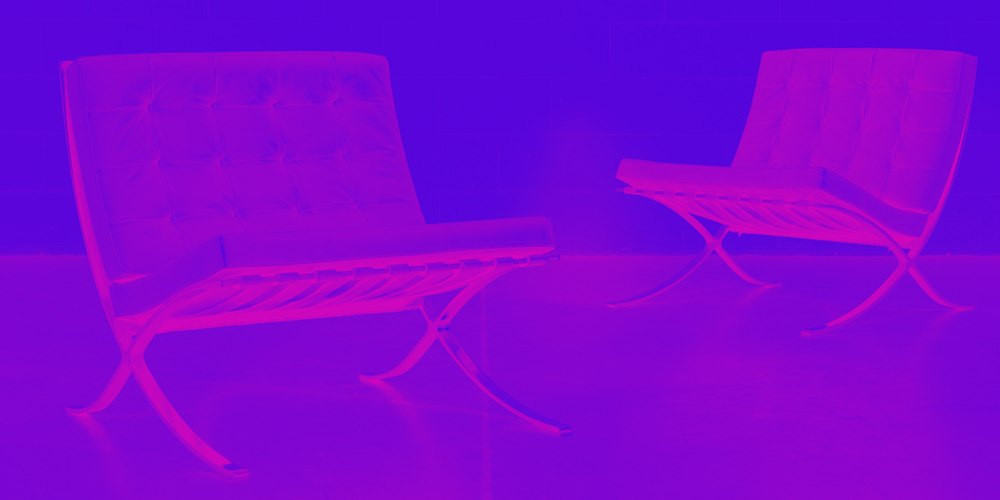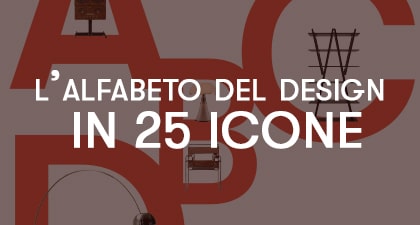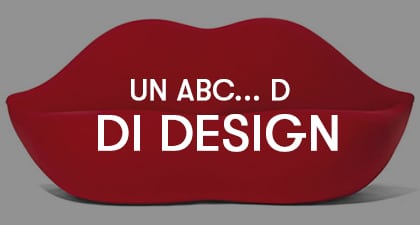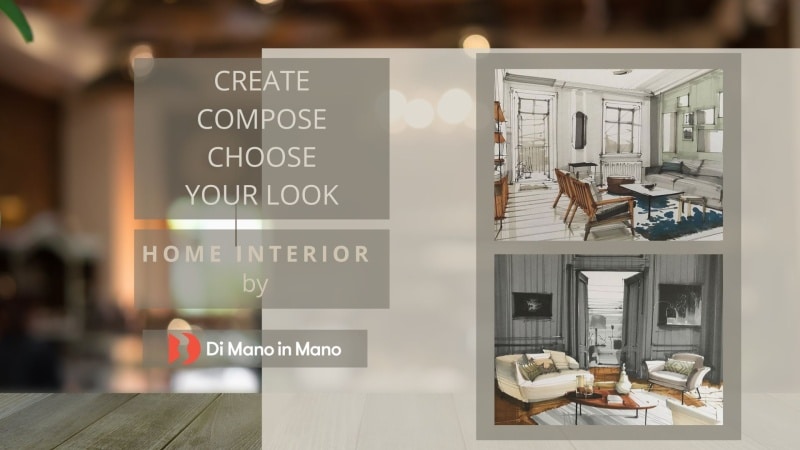Barcelona armchair, one of the most loved (and imitated) pieces of furniture in the world

“The armchair is a particularly difficult object. Everyone who has tried to create one knows this. There are endless possibilities and a multitude of problems: the chair must be lightweight, it must be strong, and it must be comfortable. It’s almost easier to create a skyscraper than an armchair.”
Ninety years after its first public appearance, the Barcelona chair by Mies Van der Rohe, a true icon of industrial design, remains one of the most loved and imitated furniture pieces worldwide.
Designed and created for the German Pavilion at the 1929 World’s Fair held in Barcelona, the pavilion was curated by Van der Rohe, a modernist architect and designer already famous at the time for having brilliantly organized and managed the second Werkbund exhibition in 1927.

1929 World’s Fair (rebuilt in 1986)
The Werkbund was an association (in many ways similar to the English Arts and Crafts movement) composed of German intellectuals, architects, artists, craftsmen, and critics aimed at “reforming German applied arts through a genuine rapprochement between artists and producers.” They debated new forms and solutions to modernize German architecture and design. In 1927, Mies Van der Rohe was the director of the Werkbund and coordinated the creation of an entire neighborhood in Stuttgart (the Weissenhof), intended as the summation of the latest achievements in German architecture. This “working group” included other fervent supporters of the rationalist movement, such as Gropius and Le Corbusier.
The success in Stuttgart was so great that Van der Rohe, along with Lilly Reich, was given the honor and responsibility of representing Germany at the 1929 World’s Fair.
The German Pavilion was the embodiment of Mies Van der Rohe’s and, more broadly, the Werkbund’s architectural philosophy: a simple yet functional structure, enriched with exceptional quality materials; a unique open-plan space that created fluidity and communication between interior and exterior spaces. The result was a perfect blend of classical inspiration and extremely modern suggestions. The pavilion was devoid of any furnishings except for two examples of the Barcelona chairs, designed to serve as “thrones” for the King and Queen of Spain during the opening ceremony.
Designed and crafted to host a king, the Barcelona chair was meticulously detailed.
The structure was inspired by the *sella curulis*, a foldable X-shaped chair used in ancient Rome by kings, dictators, or high-ranking aristocracy. The frame was made of metal bolts polished by hand to achieve a mirror effect. The upholstery (boar leather) was hand-cut and sewn, as were the straps used to support the cushions.
The functional design and elements of the Barcelona chair patented by Mies in Germany, Spain, and the United States expired in 1930.
The chair was produced in limited quantities in the United States and Europe from 1930 to 1950. In 1953, Mies Van der Rohe transferred his exclusive production and sales rights to Florence Knoll, his student and admirer, as well as the wife of Hans Knoll, the owner of the renowned furniture company. To this day, only Knoll Studio can produce the Barcelona chair following the exact original specifications. Each chair bears the Knoll Studio logo and Mies’ signature engraved on the frame, making it easy to distinguish original pieces from the (numerous) imitations.
Although Mies Van der Rohe was an advocate of functional, easily replicable, and marketable furniture, the first models of the Barcelona chair did not exactly meet these criteria. They were extremely expensive and difficult to manufacture, but their success during the World’s Fair was such that Van der Rohe later approved modifications: the frame was redesigned as a single piece of stainless steel, and the ivory-colored boar leather was replaced with black cowhide.












